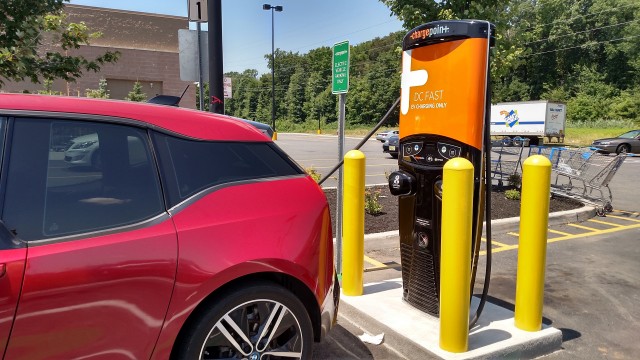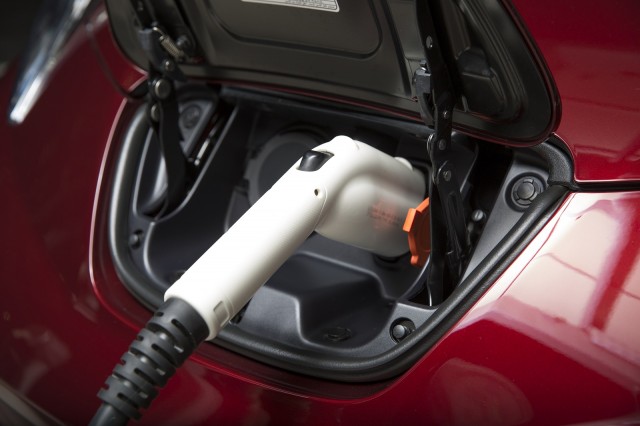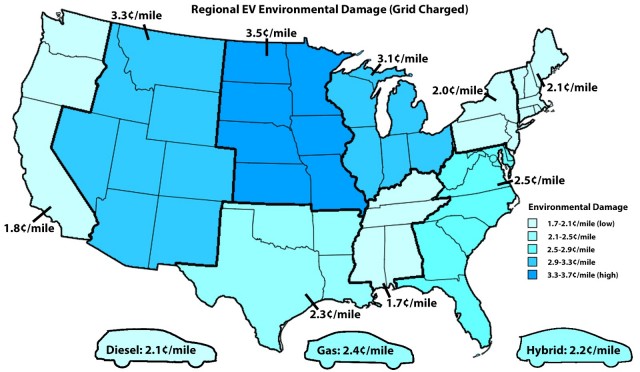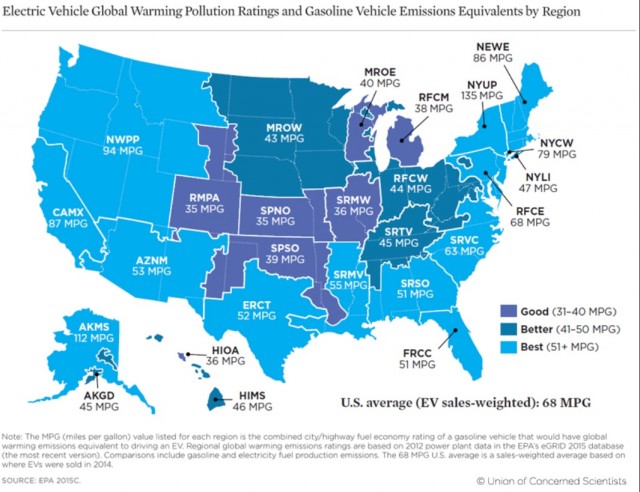DOES ELECTRIC CARS POLLUTE A LOT EVEN WITHOUT TAILPIPES?
After reading the article, you will know the answer.
But there’s no escaping that manufacturing these vehicles, driving them for 10 years or more, and then disposing of them creates pollution that has a wide range of negative impacts.
As advocates and some governments push for more plug-in electric cars, that poses a valid question: what’s the total emission impact of driving a vehicle that plugs into the grid for its energy?

Over the last five years, electric vehicles have become a target for some who are not convinced that they will lead to less pollution.
Two different types of emission need to be considered. First, there is carbon dioxide (CO2), a climate-change gas.
Second are what the EPA calls criteria pollutants: other toxic substances that come out of the tailpipes of vehicles with combustion engines—and out of the smokestacks of any electric powerplant that burns any hydrocarbon fuel.
The CO2 question is more easily answered. Studies by numerous groups indicate that electric vehicles recharged on most North American grids are, at minimum, cleaner than almost any gasoline or diesel vehicle.
The Union of Concerned Scientists has produced a nice map that depicts the full “wells-to-wheels” carbon footprint of electric vehicles charged on a variety of North American regional grids.
The map makes it very clear that electric vehicles emit significantly less CO2 than gasoline-powered vehicles.

The one exception comes when the electric car is charged on a grid with a heavy mix of coal—an increasingly rare circumstance, as coal plants are retired or retrofitted for natural gas—and is compared to the most fuel-efficient cars sold today, like a 52-mpg Toyota Prius.
In other words, a Nissan Leaf electric car charged in Kansas or Oklahoma today emits slightly more carbon than a Prius driven on the roads of Kansas City.
In the places where most electric cars are sold, however—think California and the Northeast—it’s not even close.
The electric car wins no matter what you compare it to.
2014 BMW i3 REx fast-charging at Chargepoint site, June 2016 [photo: Tom Moloughney]2014 BMW i3 REx fast-charging at Chargepoint site, June 2016 [photo: Tom Moloughney]
Other studies show different numbers, but come to roughly the same conclusion.
But CO2 emissions are not the only type of emissions to be concerned about, so we return to the criteria pollutants.
Nitrogen oxides (NOx), sulfur oxides (SOx), carbon monoxide (CO), volatile organic components (VOC), and particulates (PM2.5) all represent an alphabet soup of airborne emissions that harm human health, hurt the environment, and damage property.
So are electric cars better or worse than traditional gasoline or diesel cars in their emissions of criteria pollutants?
To answer that question, we used three main tools and data sources.

The Energy Information Agency (EIA) regional grid mix data
The Argonne National Labs has created the GREET model which looks are Life Cycle Emissions from vehicle both from well-to-wheels as well as cradle-to-grave
The EPA estimate of environmental damage from criteria pollutants
These three pieces were combined to analyze the relative environmental damage of plug-in electric cars charged from the grid versus those from fossil-fuel-powered vehicles.
The results are shown in the figure above.
Note that all vehicles are modeled in GREET with a “fuel cycle” that includes its total consumption of resources: (energy in renewable and nonrenewable form), petroleum, coal, natural gas and water.
The model includes emissions of CO2-equivalent greenhouse gases, primarily carbon dioxide (CO2), methane (CH4), and nitrogen oxides (NOx). It also consider seven different criteria pollutant associated with the fuel pathway.
GREET models 100 different fuel pathways under which the fuel can be converted to energy to power the vehicle. These techniques provide a truly well-to-wheel comparison of internal-combustion-engine vehicles with electric vehicles.

It specifically includes the emissions associated with extracting, refining, and transporting fossil fuels, and grid loss and battery-charging efficiency in the case of electric vehicles.
Our analysis concludes that charging an electric on grid electricity, on average, creates about 2.6¢/mile of environmental damage.
This is slightly more than the damage caused by diesel, gasoline, or hybrid cars.
But the details indicate a more interesting result than that single, overall, nationwide conclusion.
